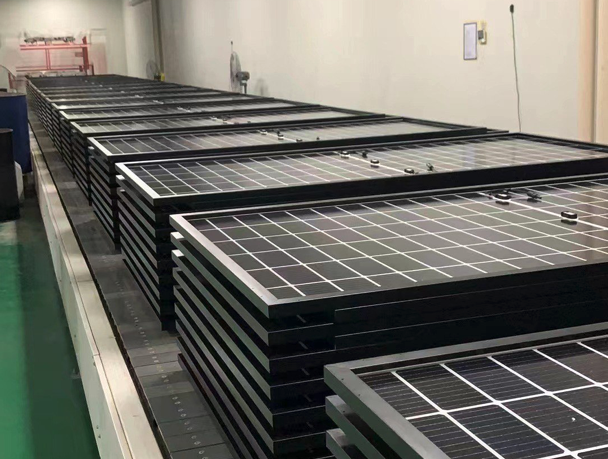- BASF with Jiangsu Worldlight New Material Co., Ltd (Worldlight), a global manufacturer of PV composite frames has unveiled a PV frame made with an industry-leading total solution that combines polyurethanes (PU) composite with a water-borne coating solution, results in an 85% reduction in product carbon footprint (PCF) vs aluminum frames.
- The water-borne coating solution further reduces the emission of volatile organic compounds (VOCs) by more than 90%.
PU composite is more energy-efficient to produce than aluminum. When combined with the water-borne solution, the total solution is also lighter weight and possesses superior insulation. Hence it is also more energy-efficient in use. Additionally, the exceptional adhesion properties of the waterborne coating solution to PU composites significantly enhance weathering resistance, which translates to higher durability and a longer life span of the PV frame.
“Worldlight has created three main applications for different scenarios: offshore PV modules, large-scale terrestrial PV modules as well as industrial and commercial rooftop PV modules. BASF’s total solution enables us to meet strict standards and overcome challenges from diverse environmental conditions and design specifications,” said Mr. Liang Zhao, CEO, Worldlight.
PU composite, made of glass fiber-reinforced polyurethanes, has been widely used in automotive, bridge construction, and aerospace industries. Compared to aluminum, PU composite with coating provides superior cost performance and mechanical properties, including resistance to abrasion, acids, alkalis, and UV radiation.
Author: Bryan Groenendaal















